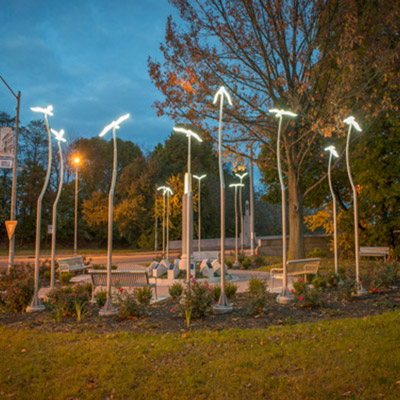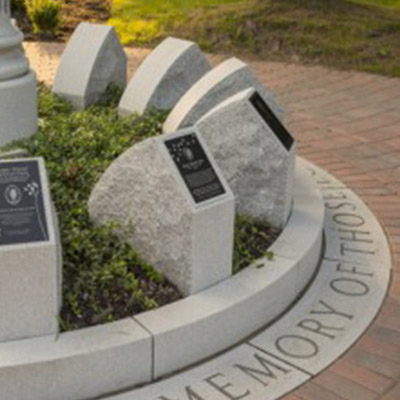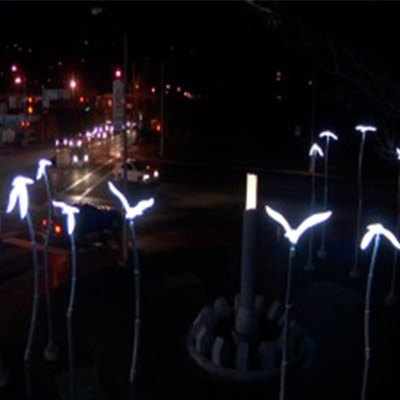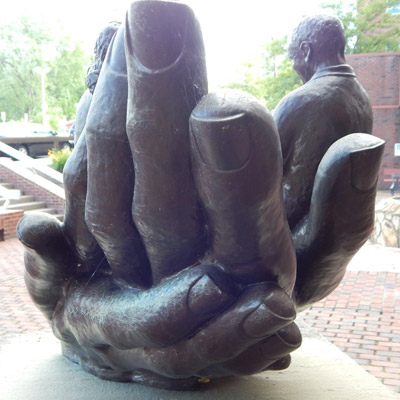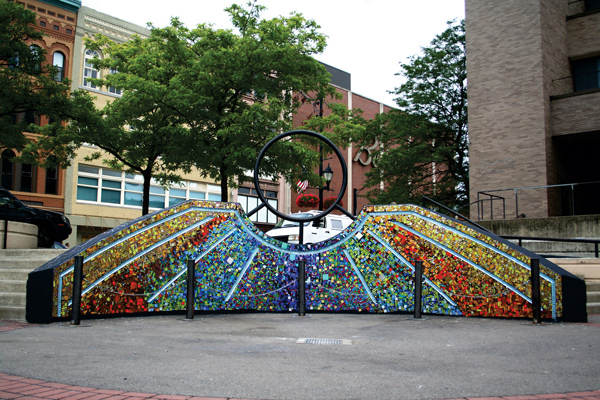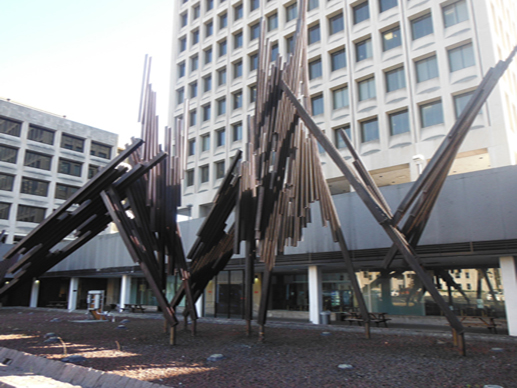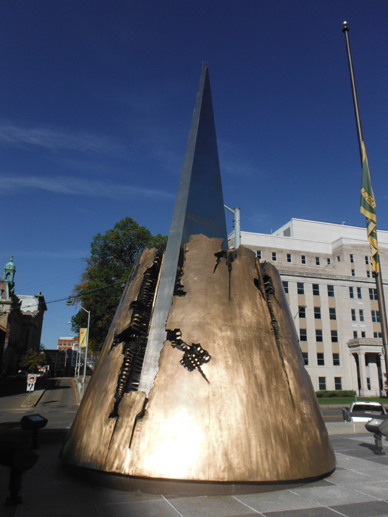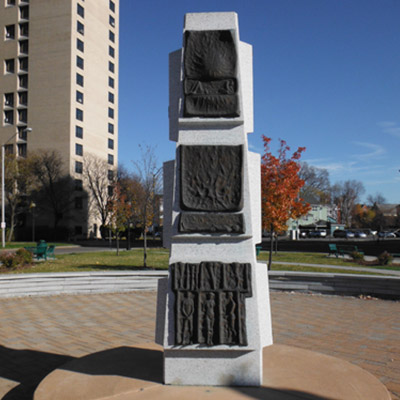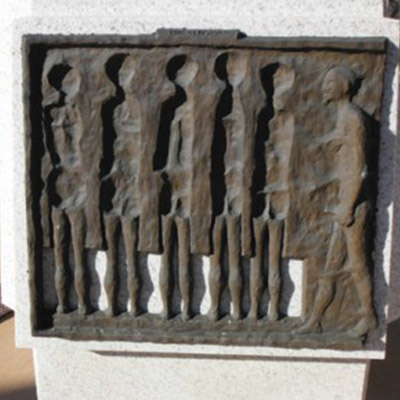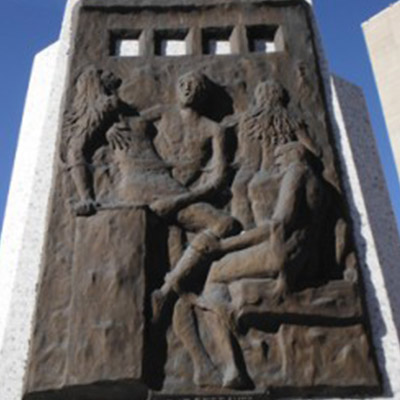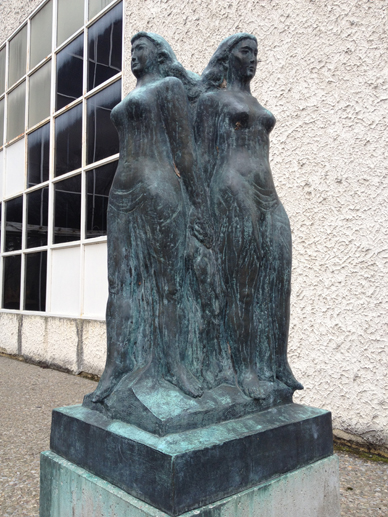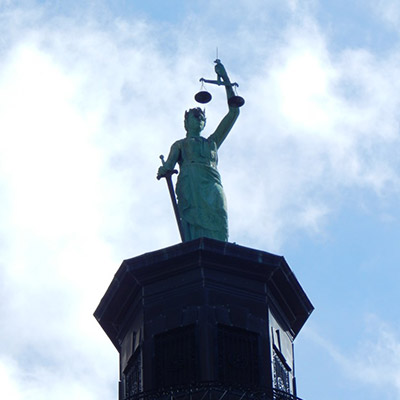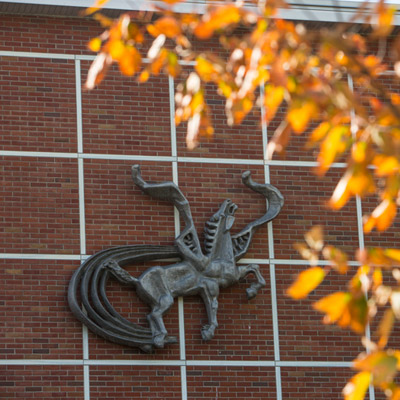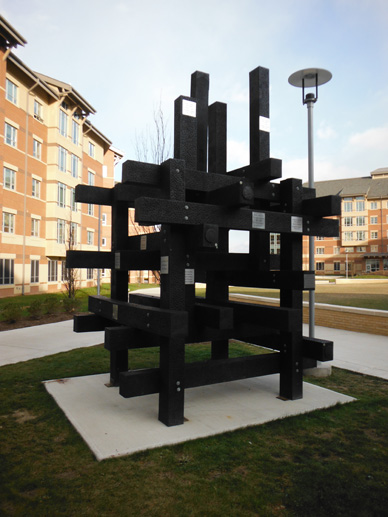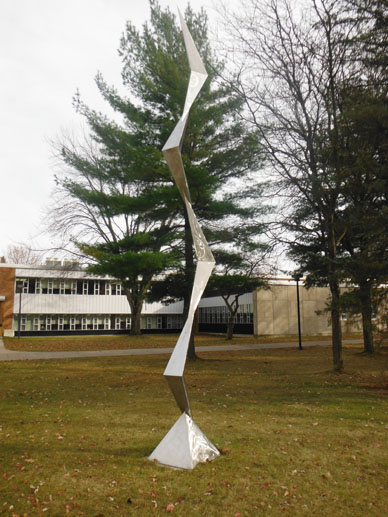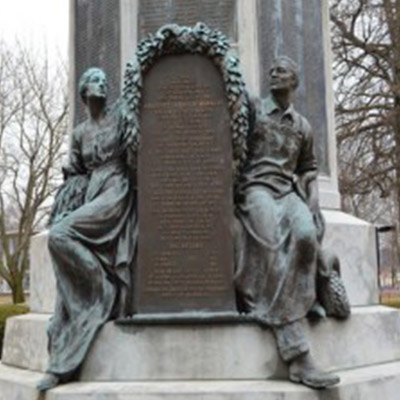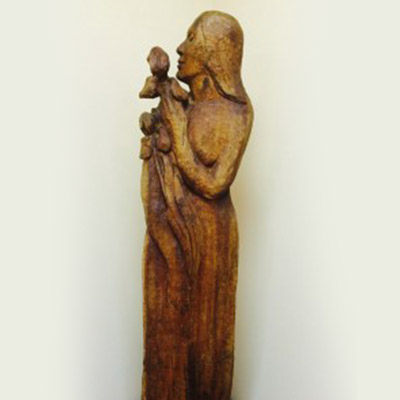Reviewed by David L. Schriber
American violinist Soovin Kim was featured soloist as the Binghamton Philharmonic Orchestra performed Antonín Dvo?ák’s Violin Concerto in A-minor, op. 53 on Saturday, April 2, at Binghamton University’s Anderson Center. It was a convincing demonstration of endurance in a composition uncharacteristically demanding of both bowing and fingering for long periods of time throughout its 32 minutes. One might expect it to be difficult toward the end of such a high-energy piece to play with a light and lilting touch, but that’s just what Kim delivered. Throughout the entire concerto, soloist and orchestra were well integrated, the solo violin seeming to rise smoothly out of the ensemble, the orchestra deferring to the virtuoso’s cadenza passages, then just as smoothly ramping up again. The performance was met with an enthusiastic standing ovation from the full house.
A graduate of the Curtis Institute of Music, Kim won first place in the Paganini International Competition when he was just 20 years old. He has played prominent venues around the world, including Carnegie Hall, the Concertgebouw, Queen Elizabeth Hall, Lincoln Center, Royce Hall, Herbst Theatre and Strathmore Hall. Kim teaches at Stony Brook University and Bard College.
The Binghamton Philharmonic, under the direction of Jose-Luis Novo, opened the program with contemporary composer John Mackey’s Redline Tango. Mackey has explained the title as having come from both a tachometer’s danger point when revving an engine and from the Red Line subway line in New York. With that knowledge, it was quite easy to imagine the snare drum in the opening section sounding like a noisy valve tappet in an auto engine. The piece at times sounded like a parody of a sultry film-noir theme – in the violin, then the clarinet, then a muted trumpet. The tango ended with a burst reminiscent of a Looney Tunes cartoon: “Abada Abada Abada That’s All, Folks!”
Scheherazade is Nikolai Rimsky-Korsakov’s tone poem depicting the Persian legend of the cruel Sultan who ordered each of his many wives (“Queen for a Day?”) to be put to death after their wedding night, and of Scheherazade, who so enchanted him by telling him unfinished stories, 1001 of them for 1001 Arabian Nights, that he kept postponing her execution until finally she won his love. Alternating through the music, then, are these two recurring themes: the strident full orchestra, representing the Sultan, and a lyrical, almost ethereal violin theme — often accompanied by harp — representing Scheherazade. Concertmaster Uli Speth delicately floated Scheherazade’s theme over the orchestra and held a sustained high E suspended at the end.
Scheherazade is a perfect piece to show off members of the orchestra, with cadenzas, solo sections and exposed passages for most of the instruments, including the timpani, making its presence felt several times, and yes, Joel Smales, even the humble triangle! (It may be a lowly instrument to play in the high school orchestra, but the triangle does have its own honorable place in the grown-up philharmonic!)
There was much to savor and applaud in this concert celebrating rhythm (Mackey), melody (Dvo?ák) and timbre (Rimsky-Korsakov). Musicologist Barbara Renton’s program notes and pre-concert talk really helped prepare the listener for the smorgasbord to come. And, of course, excellent acoustics, clear sight lines and comfortable seating (albeit rather toasty warm on Saturday) make BU’s Osterhout Concert Theater the venue of choice to enjoy a fine concert evening.




